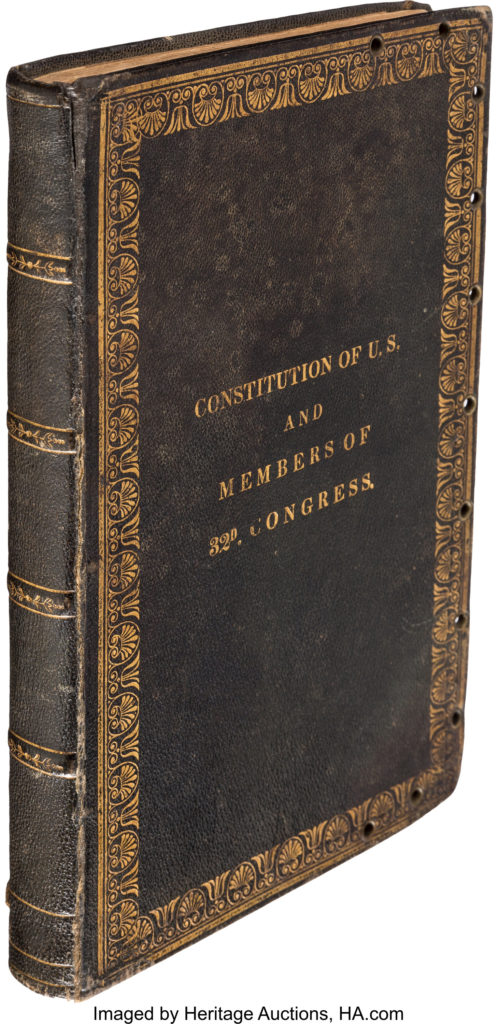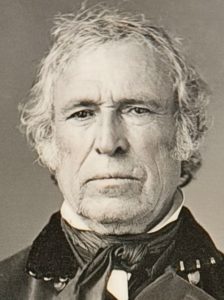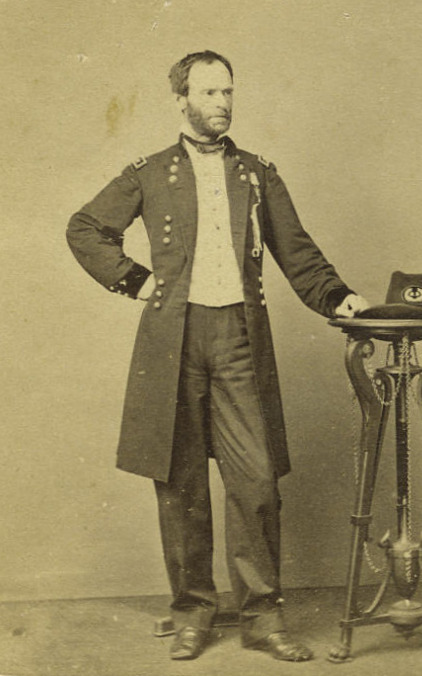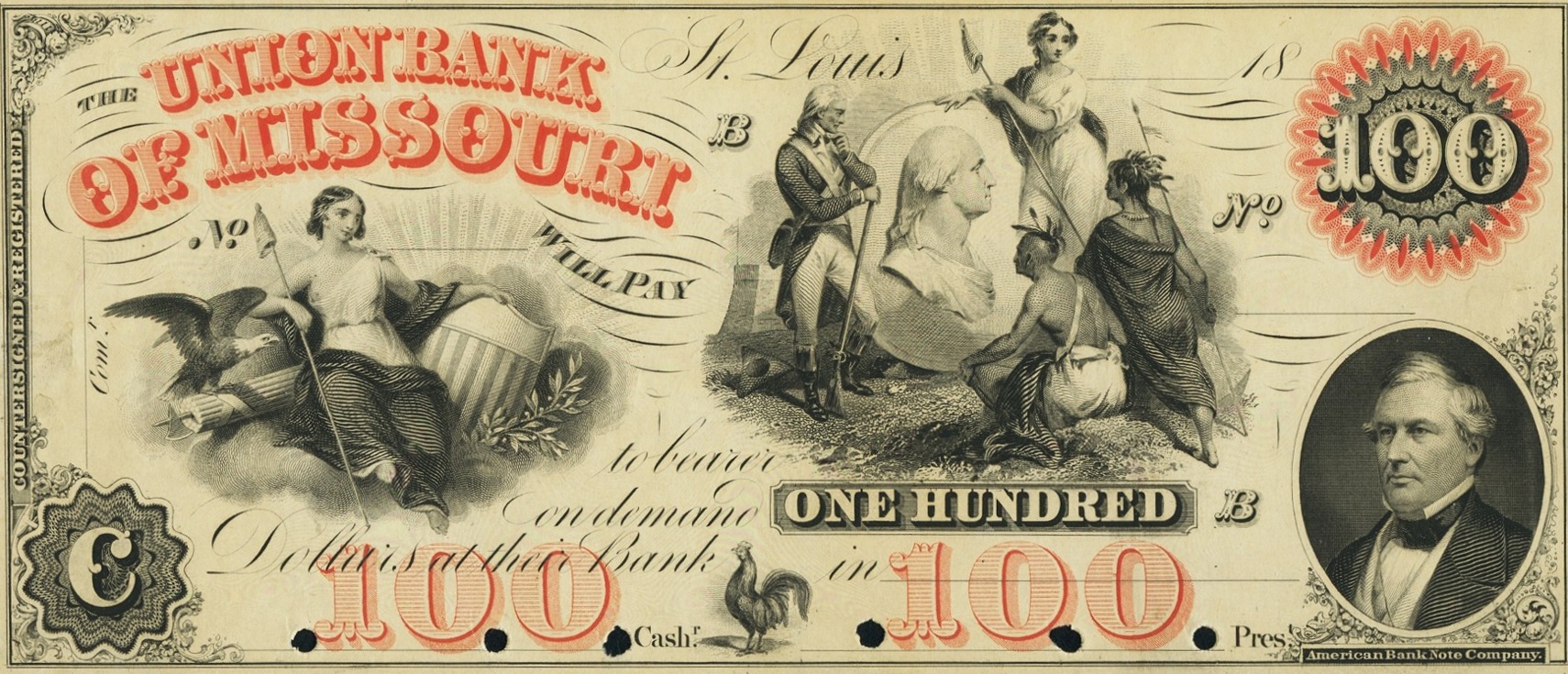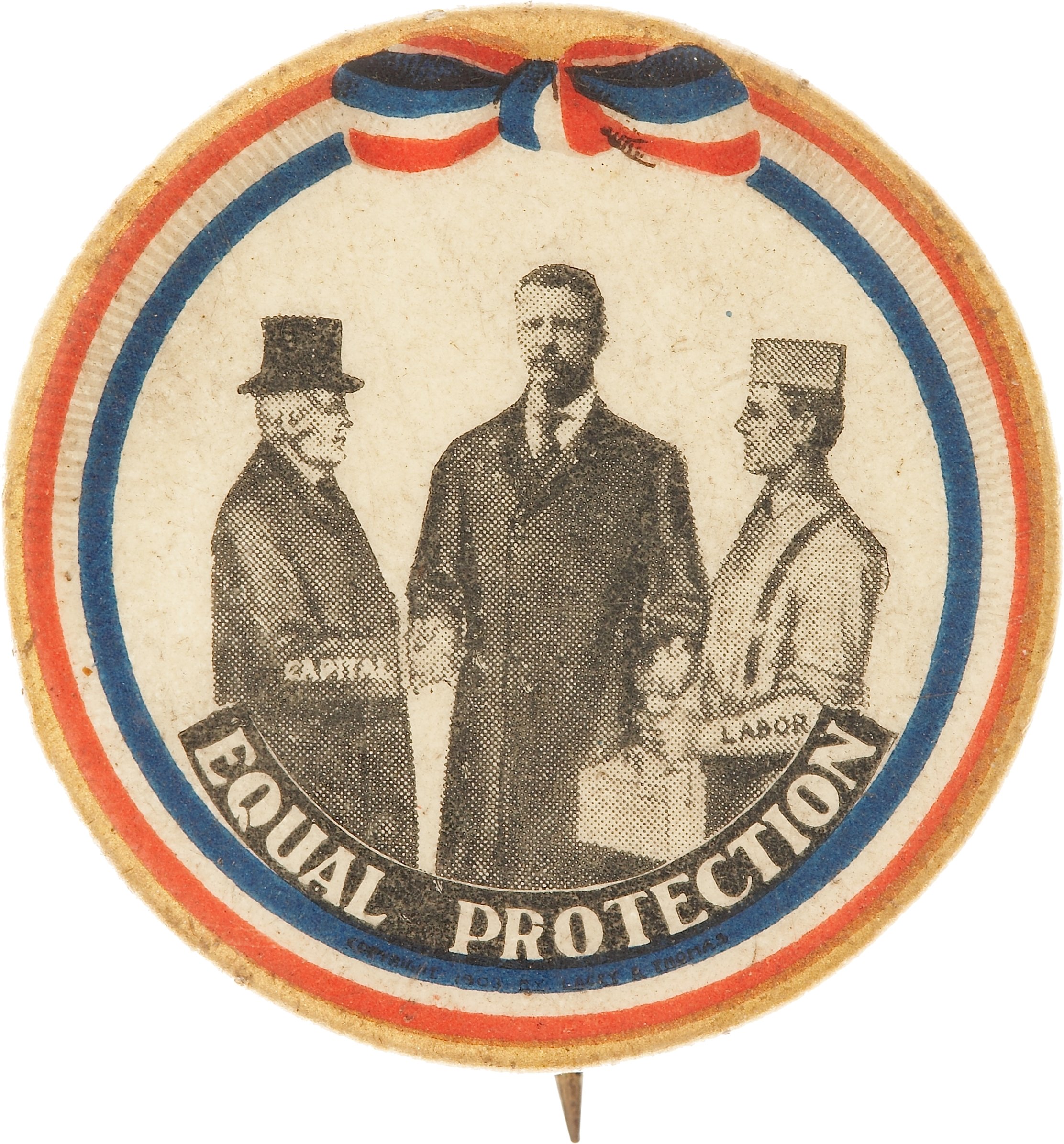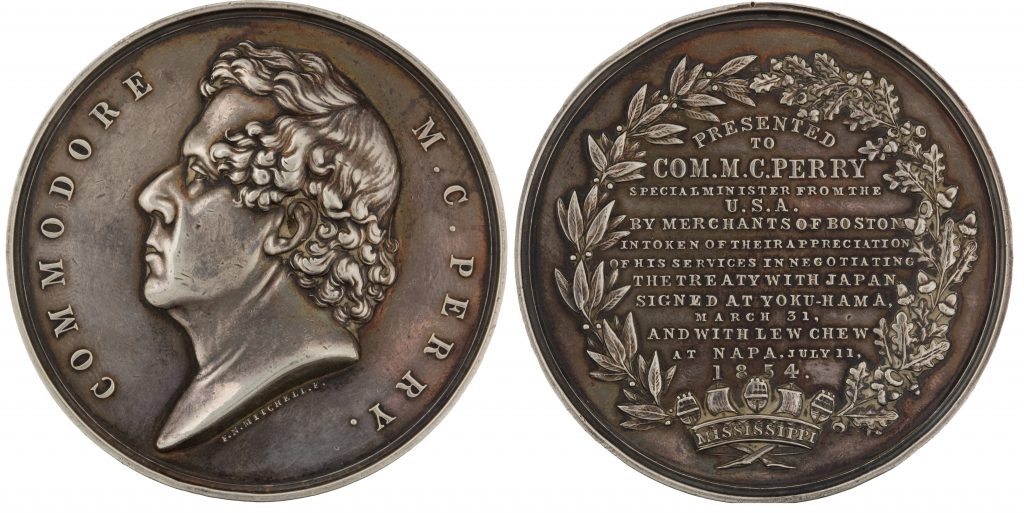
By Jim O’Neal
Generally, James Watt (1736-1819) is credited with the invention of the steam engine. Perhaps this is due to the proximity of this brilliant Scottish engineer and chemist to Great Britain’s Industrial Revolution. His work certainly played a major role in the country’s transition to the world’s leading commercial nation in the early 19th century. However, Watt actually only improved existing steam engines by reducing waste and redesigning the basic technology of heating and cooling liquids.
The result was a dramatic improvement in cost-effectiveness that lowered production costs. England could deliver virtually anywhere cheaper than local production. In a relatively short time, England’s global trading empire stretched from Europe to the North American colonies, through the Caribbean and to the Indian subcontinent. In the process, the nation transformed from an agricultural economy into an industrial juggernaut. The old saying that “the sun never sets on the British Empire” has been used by historians to dramatize the vastness of land under British control. At its apex, it covered 25 percent of Earth’s landmass and daylight was present somewhere at all times.
Then the vaunted British Empire began a long, slow descent into what has become a tired monarchy, with a sclerotic Parliament stuck in the mire of Democratic-Socialism. The embarrassing Brexit erased the vestiges of the Thacker era and raised the specter of disunion in Scotland and a divided Ireland. Recent events have inevitably raised questions about the durability of the royal family. I’m betting Queen Elizabeth II will remain unfazed and continue her remarkable 68-year reign, despite her children’s many escapades.
The actual story of “steam power” stretches back to Hero of Alexandria (circa 10-70 AD), a Greek scientist credited with developing the aeolipile – a rocket-like device that produced a rotary motion from escaping steam. For the next 1,800 years, the world’s inventors, mathematicians and scientists were busy making incremental improvements.
A prominent example is Matthew C. Perry (1794-1858), the first authentic Commodore of the U.S. Navy. He was appointed commandant of the New York Navy Yard in June 1840 by Navy Secretary James Paulding (primarily a writer of note). Perry was an experienced seaman and recognized the critical need for improving the education of Naval personnel. He helped design an apprenticeship system to train new sailors that eventually led to the establishment of the United States Naval Academy in 1845. Near Annapolis, Md., they train 800 to 1,000 plebes (Roman slang) annually to be midshipmen who represent the best traditions of America’s elite military.
Commodore Perry also earned the moniker “Father of the Steam Navy” after organizing the nascent corps of Naval engineers and founding the U.S. Naval gunnery on the New Jersey seashore. He took command of the U.S.S. Fulton (the nation’s second steam frigate). Perry supervised the construction and his extensive naval experience provided an ideal platform to advocate for extensive modernization.
In 1852, President Millard Fillmore assigned Commodore Perry to carry out a strategic mission: Force the Japanese Empire to open all their ports that had been closed to foreigners for 250 years … using gunboat diplomacy if necessary. On July 8, 1853, the Perry Expedition sailed into Edo Bay (Tokyo) and opened trade negotiations. However, it took a second trip in February 1854, this time with 10 vessels and 1,600 men. Perry proceeded to land 500 men in 27 boat ships while bands played the Star-Spangled Banner.
Silently following along was the “Law of Unintended Consequences.” The Japanese quickly realized that Perry’s warships, armaments and technology so out-powered them that it would be prudent to throw open their markets to foreign technology. The feudal lord Shimazu Nariakira summarized it nicely by observing: “If we take the initiative, we can dominate; if we do not, we will be dominated!” They did take the initiative and over the next century defeated Taiwan, Russia and China … taking control of the entire Korean Peninsula from 1910 forward.
Ironically, 100 years later, on Sept. 2, 1945, our war with Japan formally ended. But, days earlier, the battleship USS Missouri glided into Tokyo Bay and anchored within cannon-shot range of Commodore Perry’s moorage of 1853. The Missouri’s deck was arranged with surrender documents, and displayed above was the 31-star flag that Perry had flown on the USS Mississippi, built under the personal supervision of the commodore. It has been on display in the Naval Museum. The Missouri flagstaff luffed the 48-star flag that had flown on the Capitol dome in Washington, D.C., on Dec. 7, 1941. America and Japan were finally at peace.
Now we are ensconced in the Middle East with no visible exit and the Navy is busy contending with China over Asian Oceans of questionable value. But we did sleep in a Holiday Inn after mooring a nuclear submarine.
 Intelligent Collector blogger JIM O’NEAL is an avid collector and history buff. He is president and CEO of Frito-Lay International [retired] and earlier served as chair and CEO of PepsiCo Restaurants International [KFC Pizza Hut and Taco Bell].
Intelligent Collector blogger JIM O’NEAL is an avid collector and history buff. He is president and CEO of Frito-Lay International [retired] and earlier served as chair and CEO of PepsiCo Restaurants International [KFC Pizza Hut and Taco Bell].

